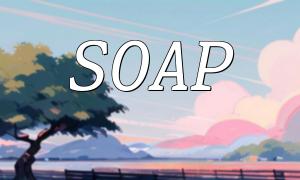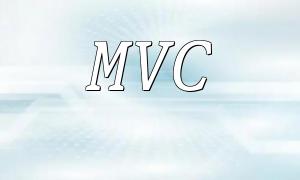Object tracking is an important application in computer vision, involving the recognition and tracking of specific objects in continuous image sequences. In this article, we will learn how to use PHP with the OpenCV library to implement this functionality, with related code examples.
First, you need to install PHP and the OpenCV extension library on your system. You can complete the installation by running the following commands:
<span class="fun">sudo apt-get install php</span>
<span class="fun">sudo apt-get install php-dev</span>
<span class="fun">sudo apt-get install pkg-config</span>
<span class="fun">sudo apt-get install libopencv-dev</span>
<span class="fun">sudo apt-get install libphp-embed</span>
After installation, you need to enable the OpenCV extension in your PHP configuration file. Open your php.ini file and uncomment the following line:
<span class="fun">;extension=opencv.so</span>
Change it to:
<span class="fun">extension=opencv.so</span>
Save the file and restart PHP to apply the changes.
Next, we will create a PHP script that uses the OpenCV library to implement object tracking. First, import the OpenCV library:
<span class="fun"><?php</span>
<span class="fun">// Import OpenCV library</span>
<span class="fun">opencv_import();</span>
<span class="fun">?></span>
Before performing object tracking, we need to load the image and the template of the object to track. Here is an example of how to load the image and template:
<span class="fun"><?php</span>
<span class="fun">// Load the image</span>
<span class="fun">$image = opencv_load_image('path/to/image.jpg');</span><span class="fun">// Load the object template</span>
<span class="fun">$template = opencv_load_image('path/to/template.jpg');</span><span class="fun">?></span>
Once the image and template are loaded, we can perform object tracking. Here is an example code using OpenCV to perform template matching for object tracking:
<span class="fun"><?php</span>
<span class="fun">// Perform object tracking</span>
<span class="fun">$result = opencv_match_template($image, $template, CV_TM_CCOEFF_NORMED);</span>
<span class="fun">// Find the matching position</span>
<span class="fun">$min_val;</span>
<span class="fun">$max_val;</span>
<span class="fun">$min_loc;</span>
<span class="fun">$max_loc;</span>
<span class="fun">opencv_min_max_loc($result, $min_val, $max_val, $min_loc, $max_loc);</span>
<span class="fun">// Draw the bounding box</span>
<span class="fun">$top_left = $max_loc;</span>
<span class="fun">$bottom_right = [$max_loc[0] + $template->width, $max_loc[1] + $template->height];</span>
<span class="fun">opencv_rectangle($image, $top_left, $bottom_right, [0, 255, 0], 2);</span>
<span class="fun">// Show the result image</span>
<span class="fun">opencv_show_image($image);</span>
<span class="fun">// Release resources</span>
<span class="fun">opencv_release_image($image);</span>
<span class="fun">opencv_release_image($template);</span>
<span class="fun">opencv_release_image($result);</span>
<span class="fun">?></span>
This article explained how to implement object tracking using PHP and the OpenCV library. We covered the steps to install PHP and OpenCV, and provided PHP code examples for loading images, templates, and performing object tracking. We hope this article helps you successfully implement object tracking in your computer vision projects.









